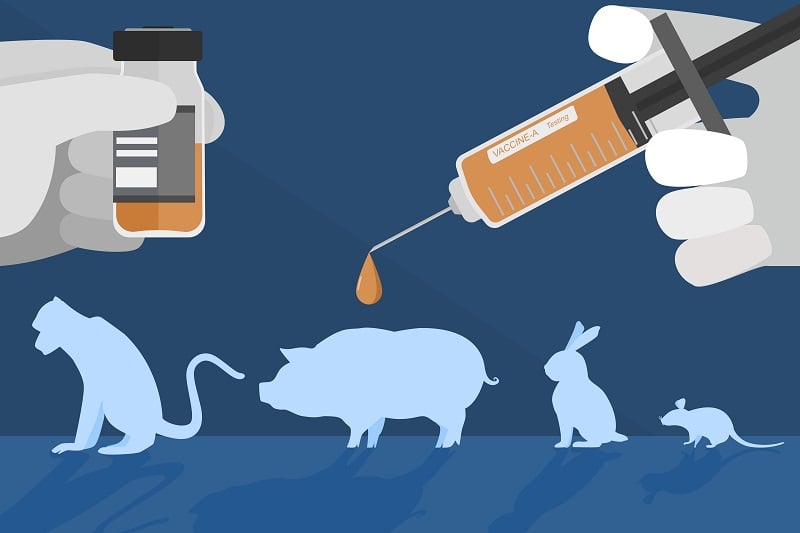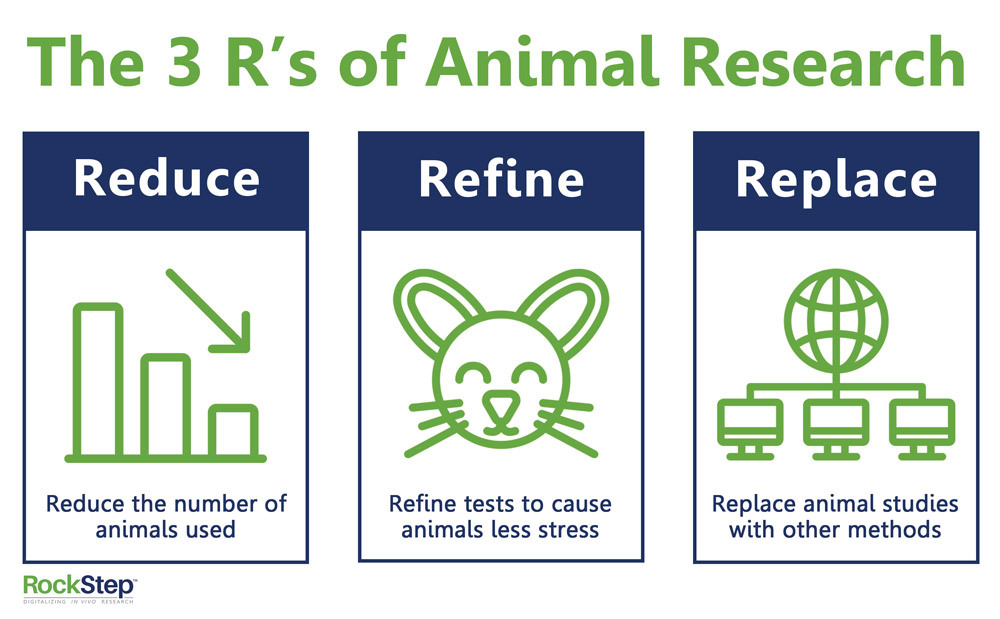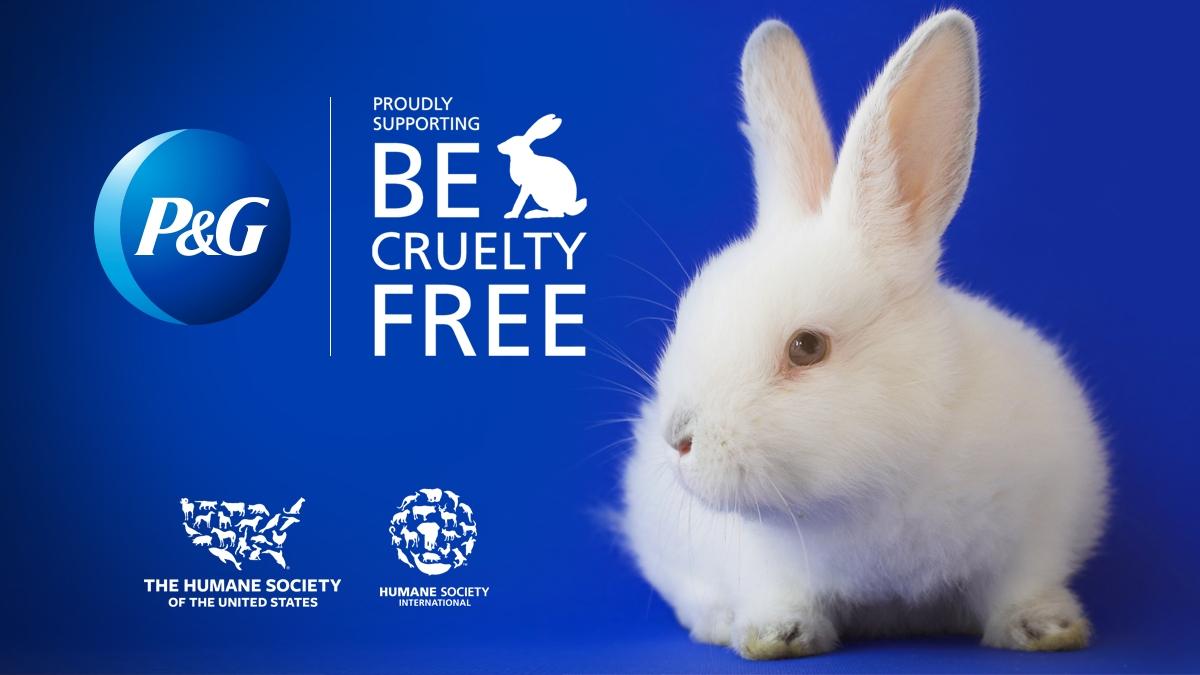Mar
2023
Civic Issue #3

At laboratories around the country, millions of animals are currently in distress–in the United States, almost 110 million animals are killed annually. Dogs that have never been given the opportunity to play in the grass or retrieve a ball are purposefully poisoned or afflicted with illnesses, kept in sterile cages, and usually murdered at the conclusion of the experiment. In order to test cosmetics like conditioner and mascara, fearful rabbits, guinea pigs, and mice have chemicals shoved down their throats or splashed into their eyes. The advantages for people have not been demonstrated. Any advantages for humans that come from experimentation on animals might come from other sources. Alternatives to animal experimentation might involve using biological material, simulators, and, of course, human volunteers. This kind of suffering is not ethical for animals. Since it infringes on animals’ rights, harms laboratory animals, and can be replaced by other methods of determining an item’s toxicity, animal testing ought to be abolished.

Reduction methods such as power analysis to determine the minimum group size needed to produce statistically meaningful data, coordinating several experiments such that the same control group is utilized throughout all of them, constructing tests where animals act as their own controllers, utilizing modern instruments that increase precision and decrease the number of animals required per data point, and sharing tissues with additional researchers after an experiment can be used. Refining animal experiments can include enhancing surgical methods to minimize loss and speed up recovery, adjusting research methods to be less intrusive, uncomfortable, or unpleasant, and utilizing modern sedation and medications that shorten recovery times, problems, and stress–also the improvement of the environment. The use of living cells in tests and advanced computer modeling are examples of humane testing techniques that are proving to be quicker, more dependable, and far less expensive than antiquated animal tests that can be used to replace animal testing.

Products marked cruelty-free promise not to hurt animals. Items that employ animal testing are not considered to be cruelty-free because the procedure of researching cosmetics or other products on animals can damage or even cause death to the animals. According to the premise of cruelty-free animal testing, a corporation is not allowed to test any of its substances on animals, nor may it hire other firms to do so. They must not have conducted recent animal testing on the substances they employ. The one and only globally recognized logo that assures customers that no fresh animal testing was done during the production of any product sporting it is the Leaping Bunny emblem. The Logo may be found on websites, advertisements, and containers for items, such as skincare and home goods across the world. Products labeled as cruelty-free or the concept behind them aim to eliminate animal experimentation from product development. Regardless of whether skin care, cosmetics, or vegan hair products are produced without using substances like keratin, beeswax, honey, or lanolin that come from animals. Many individuals believe that testing a product on animals is required to discover whether it is safe for use by humans. Yet, there are several additional suitable testing techniques that can demonstrate a product’s safety. In the end, cruelty-free goods can be secure, but it’s essential to examine the components and ensure they correspond to the cruelty-free promise companies portray.
Work Cited:
no author. “How Animal Testing Is Inaccurate and the Alternatives.” Flag of USA, ReProcell, https://www.reprocell.com/blog/biopta/do-animal-experiments-translate-to-humans.
Brunsman, Barrett J. “P&G Joins Effort to Ban Animal Testing for Cosmetics.” Bizjournals.com, Bizwomen, 22 Feb. 2019, https://www.bizjournals.com/bizwomen/news/latest-news/2019/02/p-g-joins-effort-to-ban-animal-testing-for.html?page=all.
Morgan, Rachel. “The 3 R’s of Humane Animal Research.” RockStep Solutions, 28 Apr. 2022, https://www.rockstepsolutions.com/blog/the-3rs-of-humane-animal-research/.